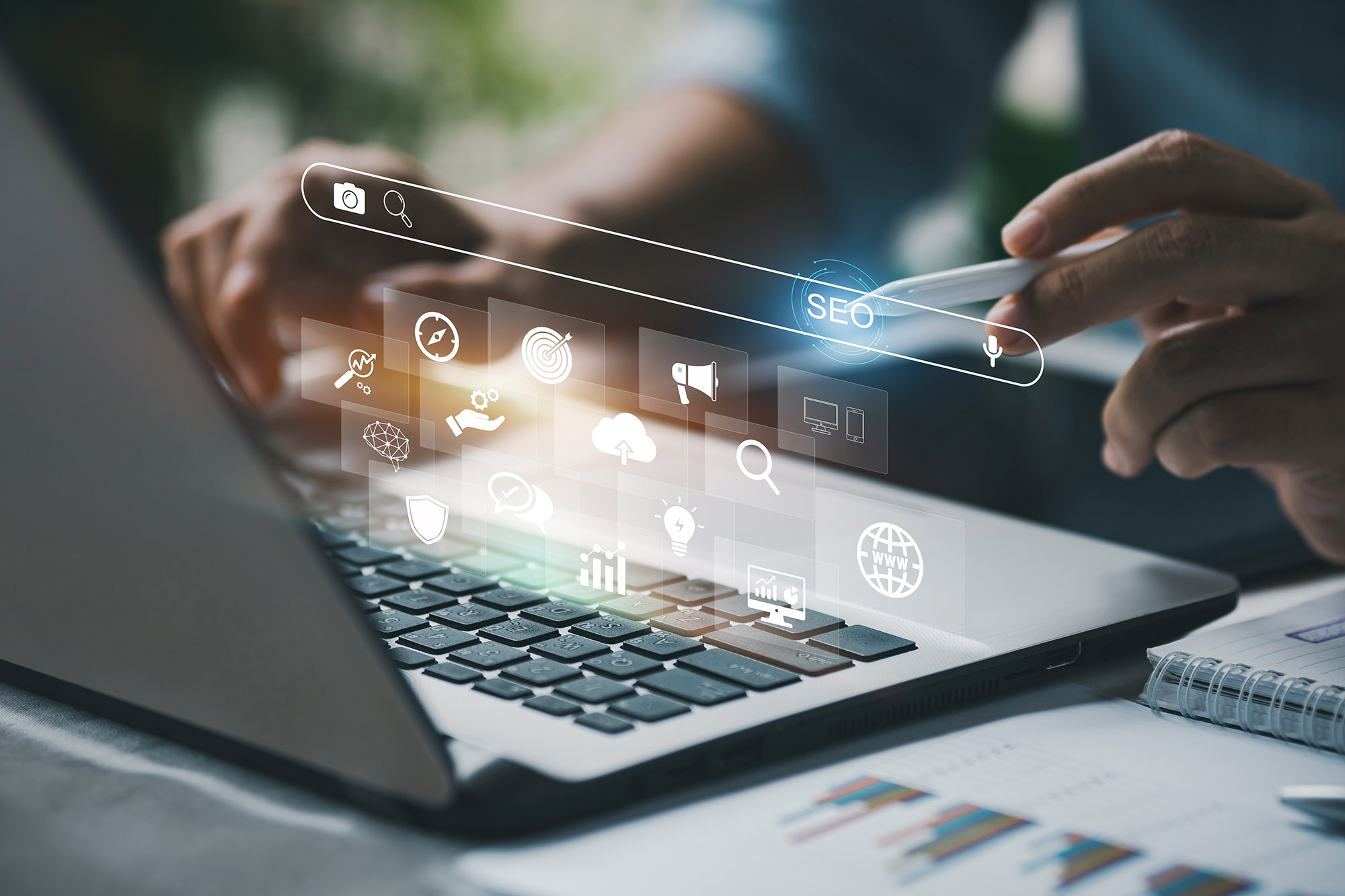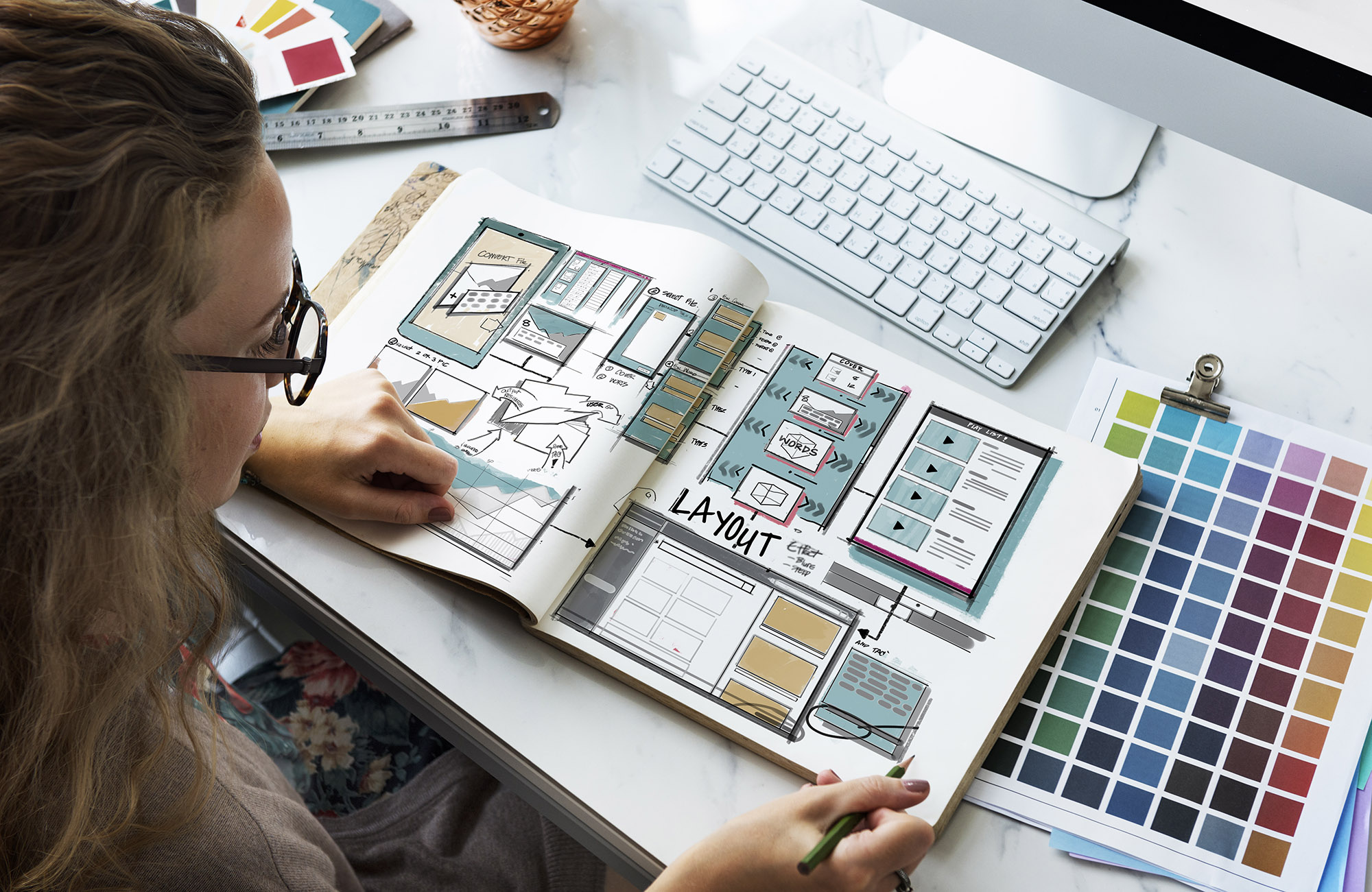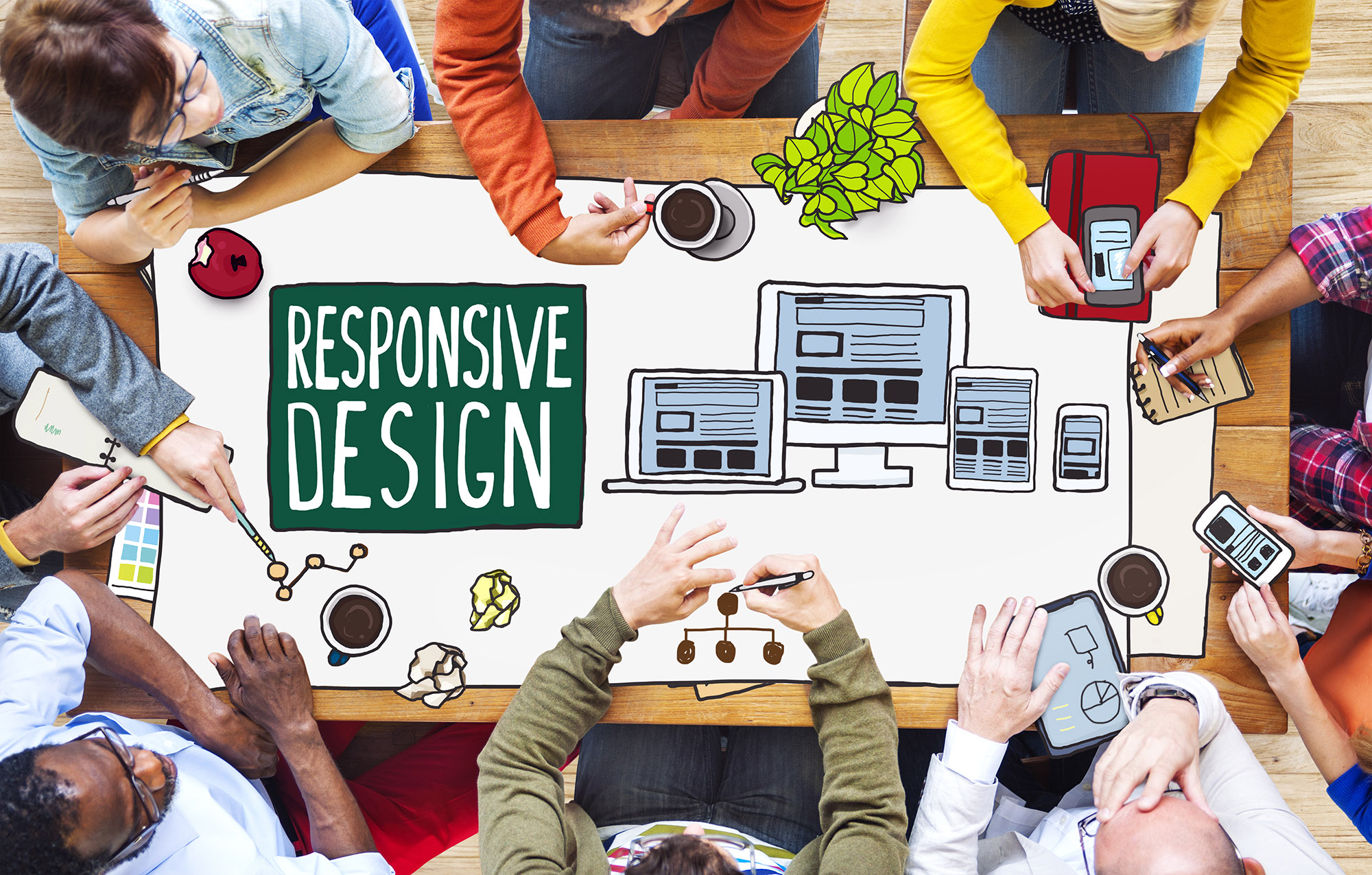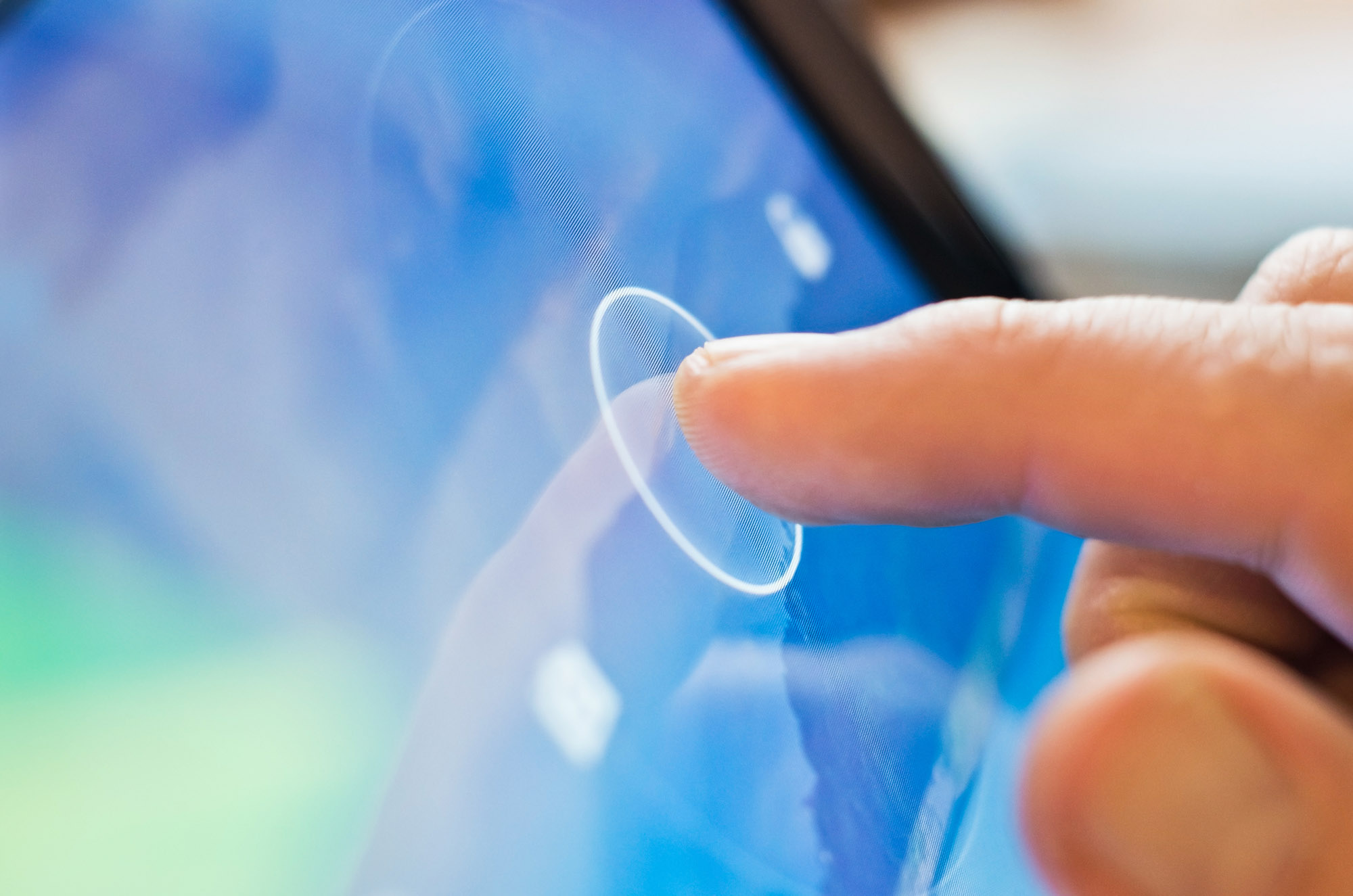
1. Geolocation for Personalized Experiences
With GPS and location services, apps can deliver location-specific content or functionalities, like suggesting nearby restaurants or automating check-ins.
2. Camera Integration for Augmented Reality (AR)
Beyond just capturing photos, the camera can be a gateway to AR experiences. Think Pokémon GO, or virtual try-ons for shopping apps.
3. Accelerometer and Gyroscope for Interactive UI
These sensors can detect device orientation and movement. Games often utilize these for controls, but they can also be used for interactive UI elements or navigation.
4. Ambient Light Sensor for Adaptive UI
Adapt your app’s interface based on the surrounding light conditions, ensuring optimal visibility and reducing eye strain for users.
5. Push Notifications for Timely Engagement
While they should be used judiciously, push notifications can drive engagement by providing timely updates, reminders, or personalized suggestions.
6. Contactless Payments with NFC
Near Field Communication (NFC) allows for seamless and secure contactless payments, streamlining checkout processes in shopping or service apps.
7. Haptic Feedback for Tactile Responses
Going beyond just visual or auditory feedback, haptic responses can enhance user interactions by providing tactile cues, making UI more immersive and intuitive.
8. Voice Integration with Built-in Assistants
Integrate with voice assistants like Siri, Google Assistant, or Alexa to allow users to interact with your app hands-free.
9. Biometric Authentication for Enhanced Security
Use fingerprint scanning, facial recognition, or iris scanning for secure and frictionless user authentication, adding a layer of security without compromising convenience.
10. Connectivity Checks and Offline Modes
Recognizing the state of a device’s connectivity and offering offline modes or saving features ensures users can continue their tasks uninterrupted, even without a steady internet connection.
In conclusion, modern mobile devices are treasure troves of capabilities waiting to be harnessed. By understanding and leveraging these features, developers and designers can offer richer, more contextual, and personalized experiences to users. However, it’s crucial to remember: always seek permission appropriately and prioritize user privacy when accessing and using device capabilities.








